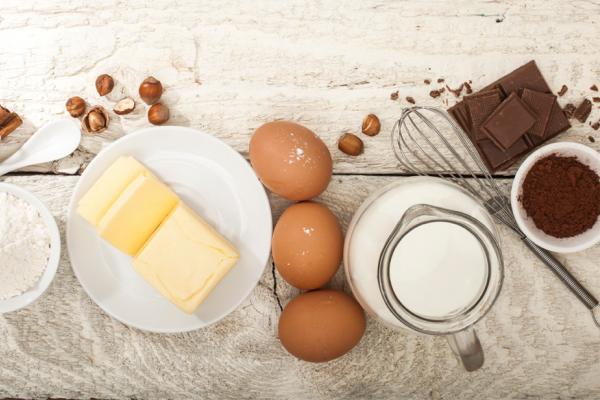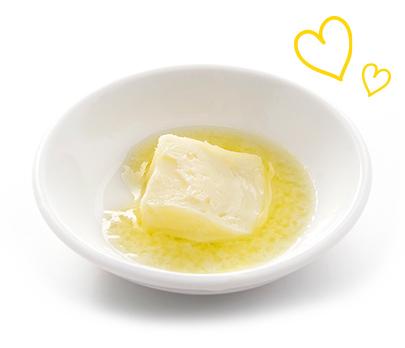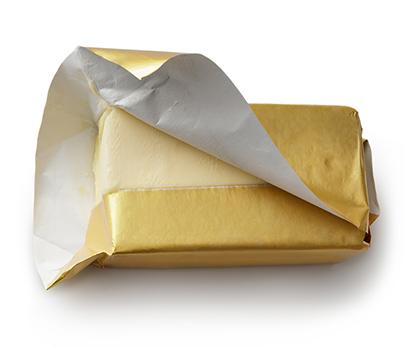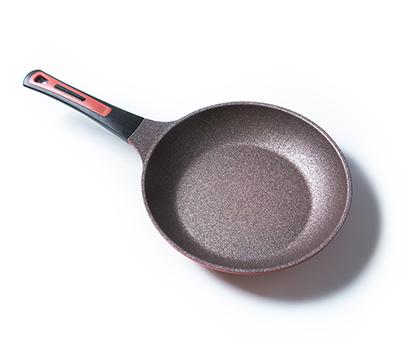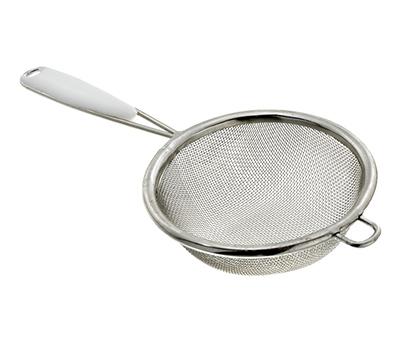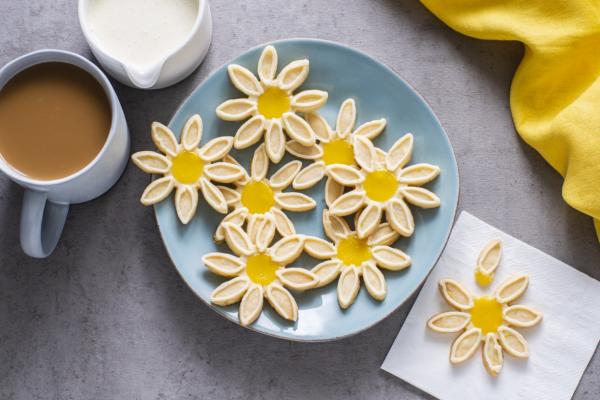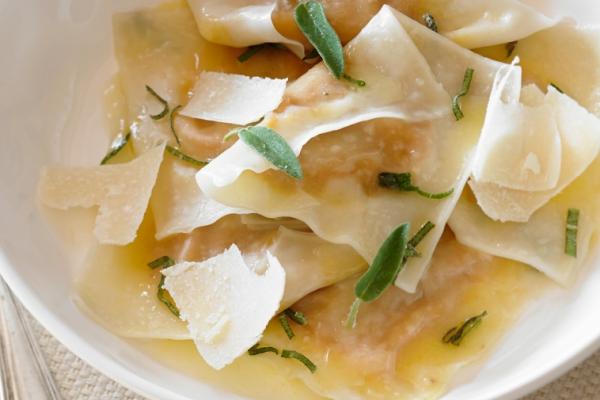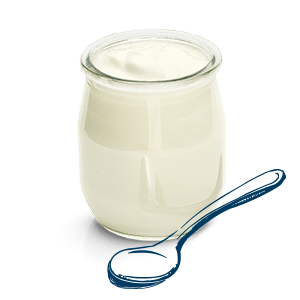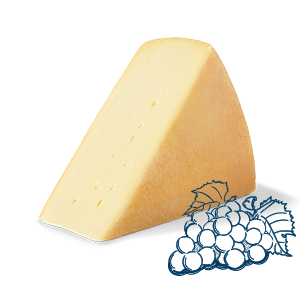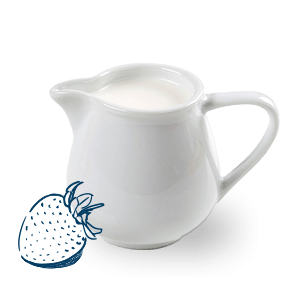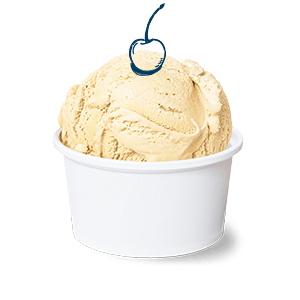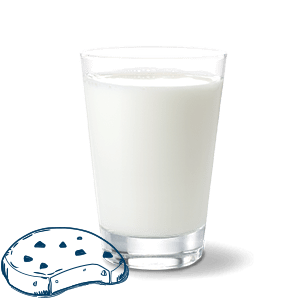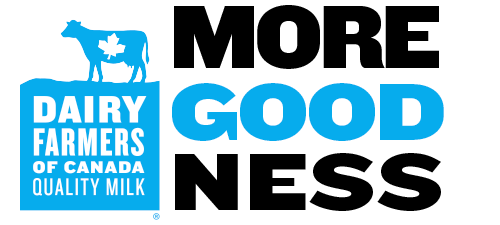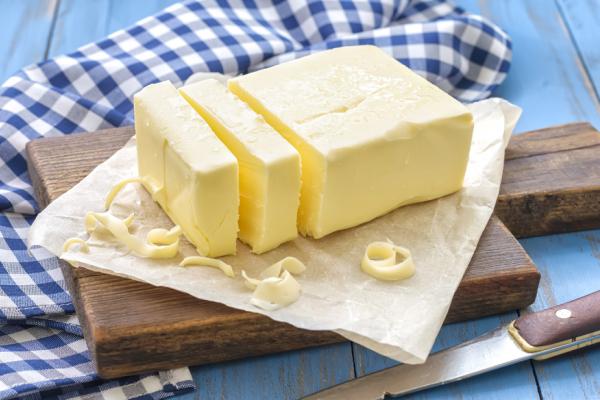
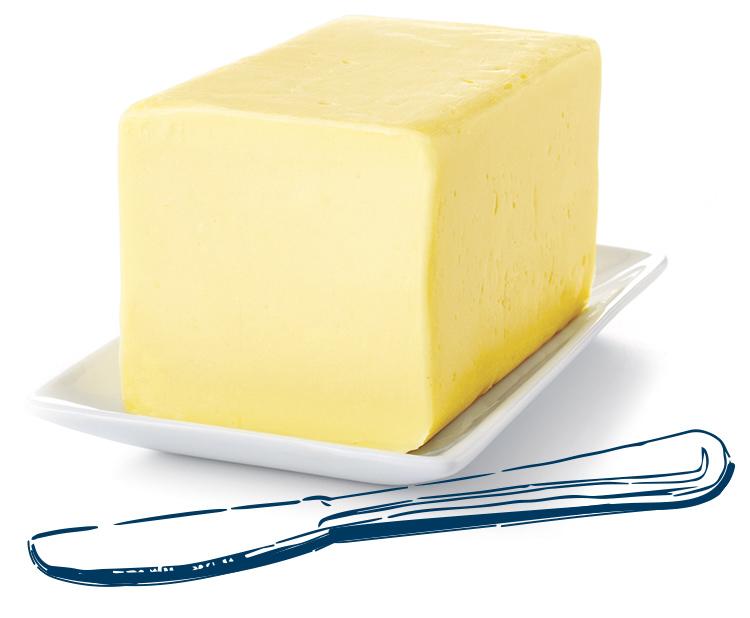
All about Butter
Whether you’re baking, cooking, or spreading, Canadian butter makes everything better.
Butter is a delicious and versatile ingredient, and a staple on every cook’s grocery list. Butter truly makes every dish better. Learn more about the different types of butter, how it's produced here in Canada, and how it gets from the farm to your table.
Whether you’re cooking or baking, we've also got tons of useful kitchen tips, including articles on how to measure butter, how to soften butter, and more – plus, dozens of butter-themed recipes. Because in the words of Julia Child, “With enough butter, anything is good.”
All kinds of Butter
-

Salted butter
Also known as churned butter, this is the traditional butter, which is made by churning pasteurized cream and then salted.
-
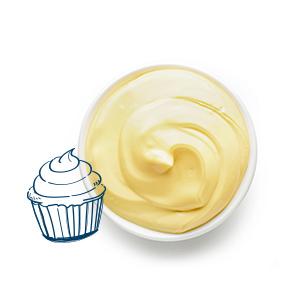
Unsalted butter
Made the same way as salted butter but without the salt, unsalted butter is often used in baking.
-
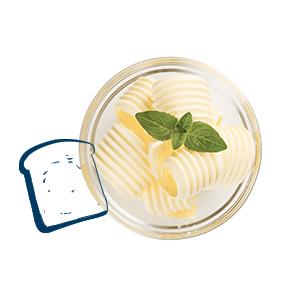
Light butter
This butter is like traditional churned butter to which is incorporated air and water. With typically 25% less butterfat than regular butter, it is best used as a spread.
-
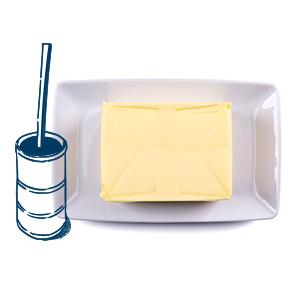
Cultured butter
Also called old-fashioned or antique butter, cultured butter is made from cream that is cultured with active bacteria (similar to those added to yogurt). It has a distinctive and slightly tangy taste.
-

Organic butter
This butter comes from cows that are fed with organically grown feed and get more grazing time in pasture. You’ll find an organic certification logo on its package.
-
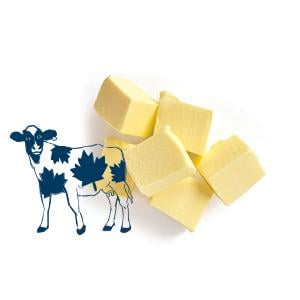
Grass-fed butter
Canadian grass-fed dairy standards are under development. In Canada, this butter typically comes from cows that are feed a minimum of 75% grass or forage.
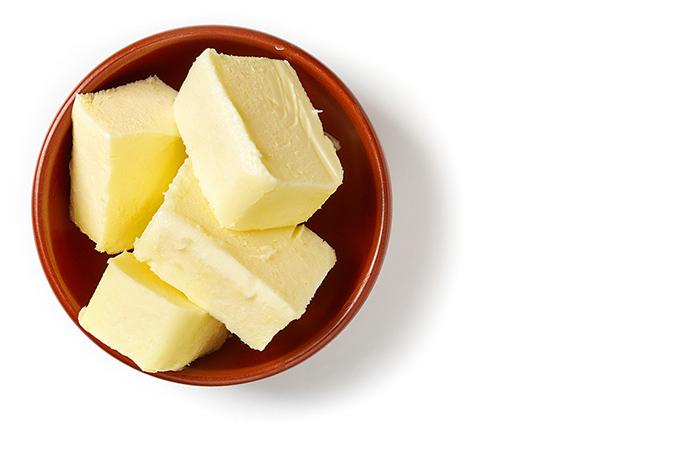
It starts with Canadian milk
The best butter comes from naturally delicious milk. It’s collected at the farm and brought to the creamery.
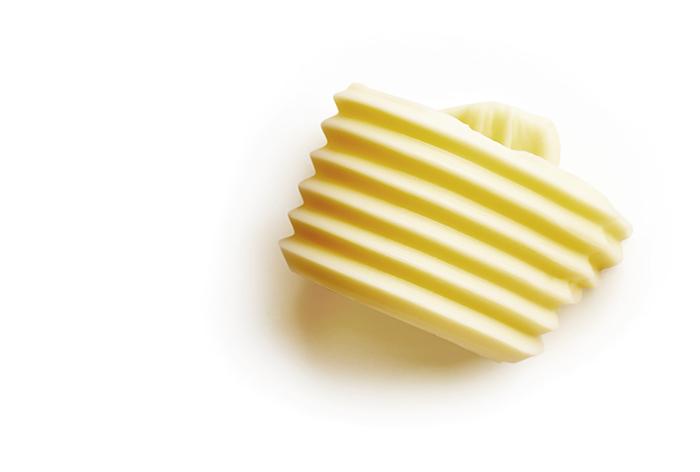
Just the cream of the crop
The milk is pasteurized to eliminate any potentially harmful bacteria, and also keep the milk and butter fresh longer. Milk is spun to separate the cream from the skim milk.

Whipping up the perfect blend
The cream is beaten vigorously in a churning cylinder. As it whirls, it thickens and separates. The liquid, buttermilk, is drained from the solids, which are butter. The butter is blended and sometimes salt is added.
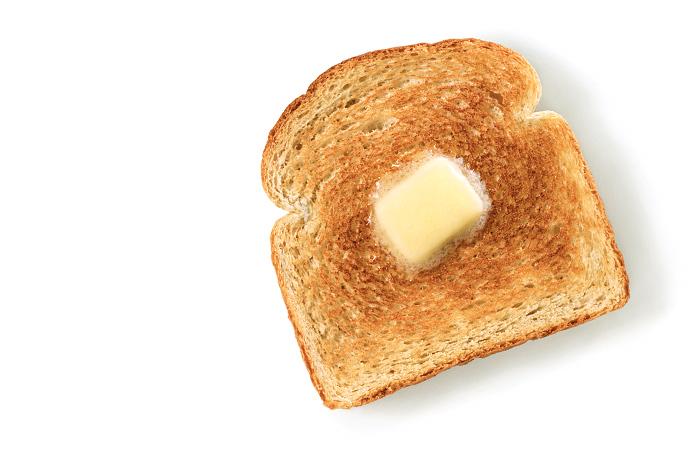
All wrapped up and ready to go
To meet the standard, butter must consist of at least 80% fat. Once weighed, cut, wrapped, and chilled, butter is ready to grace the shop display as well as your favourite dishes.
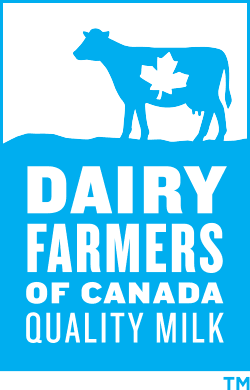
For Canadian goodness,
look for the logo
You might also like

